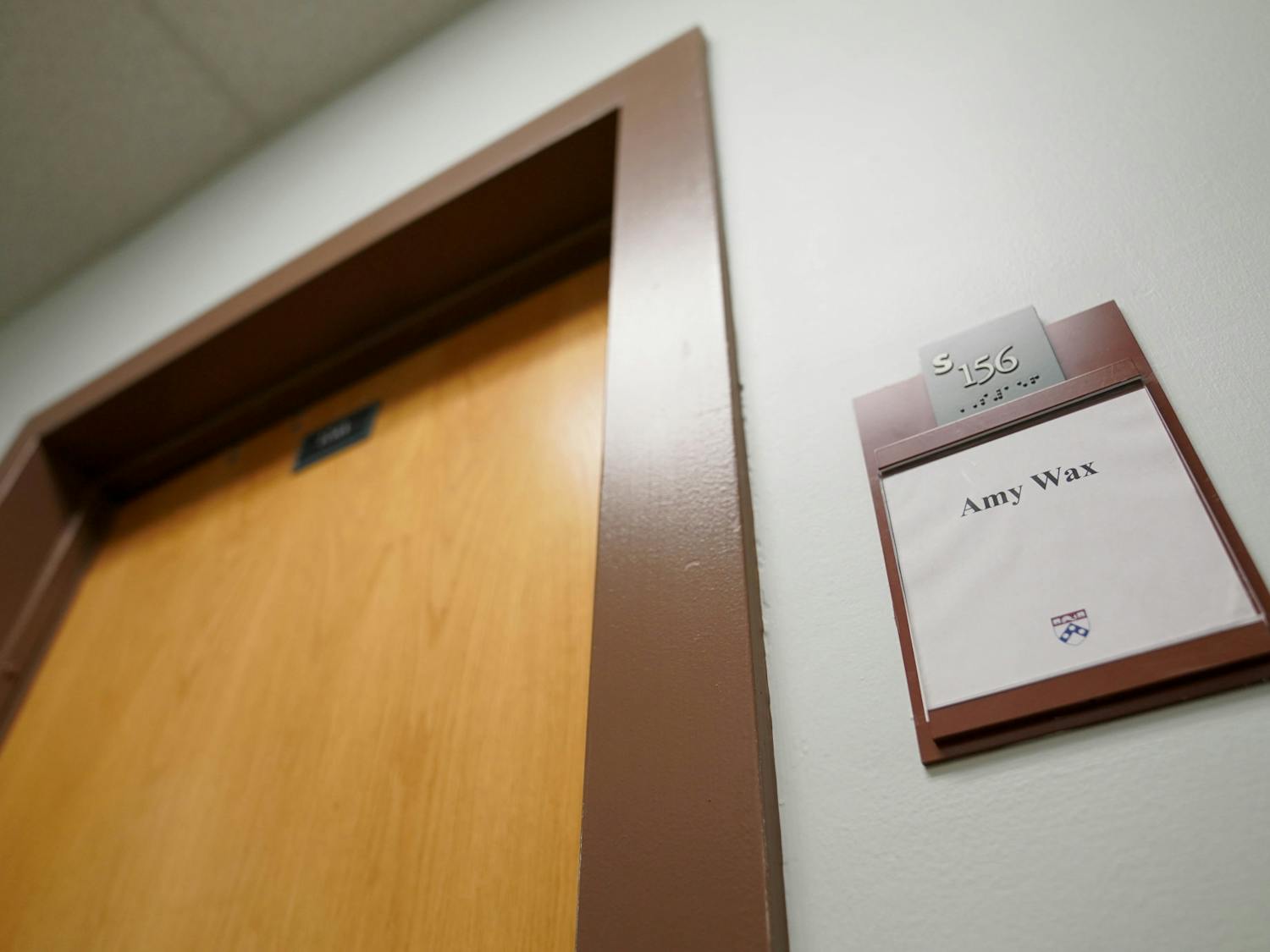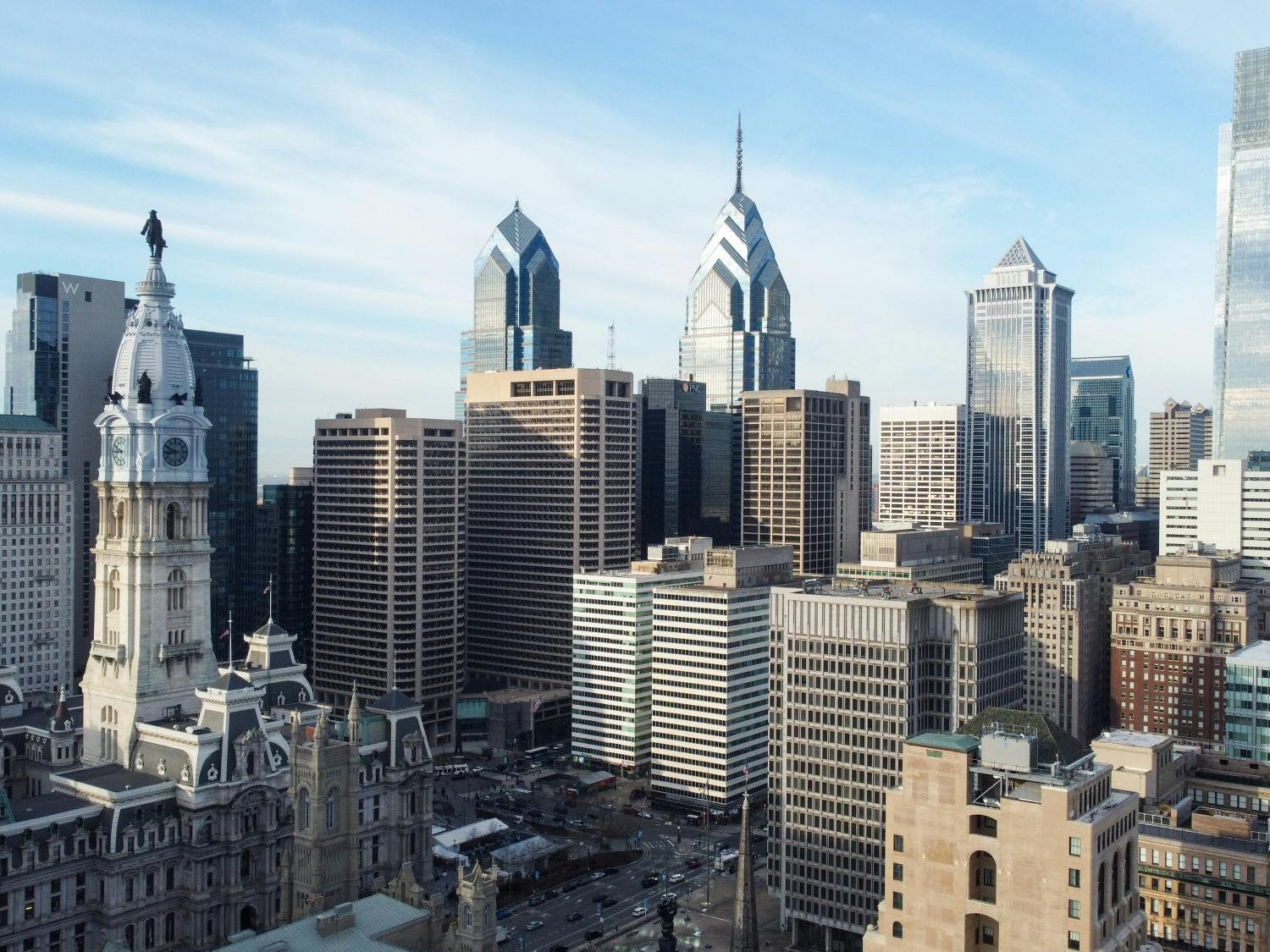For most Penn students, any mention of the Schuylkill River evokes images of an abandoned, overgrown industrial wasteland that is not only an eyesore, but is also an annoying barrier severing Penn's campus from the restaurants and shops of Center City.
However, following the official opening of the Schuylkill River Park in late May, that may no longer be the case.
Spearheaded by the Schuylkill River Development Corporation, the opening of the park marks the first major step in an extensive development scheme, designed to revitalize the tract of waterfront land that once served as the city's industrial backbone. The development effort is concentrated on the land along the eastern bank of the river, which in recent years has fallen into a state of neglect.
The long-awaited opening of the park which was first conceived in the late 1960s has transformed the zone between Spring Garden Road and Locust Street into a recreational haven for Philadelphia residents. The park features a 1.2-mile asphalt bike trail, replete with lighting, fencing and access ramps. The new trail has already attracted thousands of bikers, joggers and pedestrians to the riverbank, offering a traffic-free route from Walnut Street to Fairmount Park.
"The opening of the park was a tremendous celebration for everyone who has played a role in the development effort," SRDC Executive Director Louise Turan said. "There was no public access to the river for more than 100 years, and, because of the park, there are now hundreds of people going down to the river and seeing what a great resource it is."
According to developers, the initial popularity of the park is promising not only in terms of short-term success, but also bodes well for the Schuylkill's capacity to trigger economic growth, environmental transformation and physical improvement SRDC's goals and the measure of success for the development scheme as a whole.
"The completion of the park was a huge accomplishment, and it has greased the wheels of change," said Paul Moyer, regional director of EDAW, Inc., which is the landscape architecture firm that planned the initial stages of the project.
He added, "After 25 years, people are finally coming down to the river and beginning to see it as an amenity. By encouraging people to come to downtown Philadelphia, the river is helping to bring about further economic and recreational revitalization."
However, despite the optimism generated by the early success accompanying the park's official opening, the development project has been clouded by a number of problems.
The most glaring obstacle to the park opening was a lack of readily available funding. Despite its impressive fundraising record, SRDC is a nonprofit group comprising several local public and private agencies, including the National Park Service, the Environmental Protection Agency, the Philadelphia Department of Commerce and the University itself.
Though SRDC was able to secure the funding required to build and open a functional bike trail and park, financial constraints halted the construction's progress there, leaving the site with a barren appearance and devoid of grass, benches and artwork.
These decorative features, as well as a new skateboard park and four-block park extension which would connect the park to the South Street Bridge, making the bridge more accessible to Penn students have been combined and deferred as Phase III of the development project. According to Turan, this phase will be completed by mid-2006.
The opening's other major setback emerged from a controversy that erupted last spring between local citizens and the CSX freight railroad, regarding access to the park. The railroad which owns tracks that run parallel to the river, between Center City and the park has blocked two of the park's key pedestrian entrances that border its tracks, thereby severely restricting the area's accessibility.
"Our main priority is to secure safe and legal access to the park at the Race and Locust street entrances," said Sarah Clark Stewart, one of the leaders of Free Schuylkill River Park, a volunteer organization that claims to represent Philadelphia residents' interests in regard to the park.
"We felt the park wouldn't be as successful without pedestrian access at those locations. Unfortunately we haven't reached that goal yet," Stewart said.
She added, "The tremendous usage of the park indicates what a great resource it is and how much Philadelphia really craved that kind of pedestrian and recreational area. Once the gates are opened, the park will be safer and more accessible, which will be a key step in the Schuylkill revitalization project that will make the city a much more attractive place to visit, live and work."








